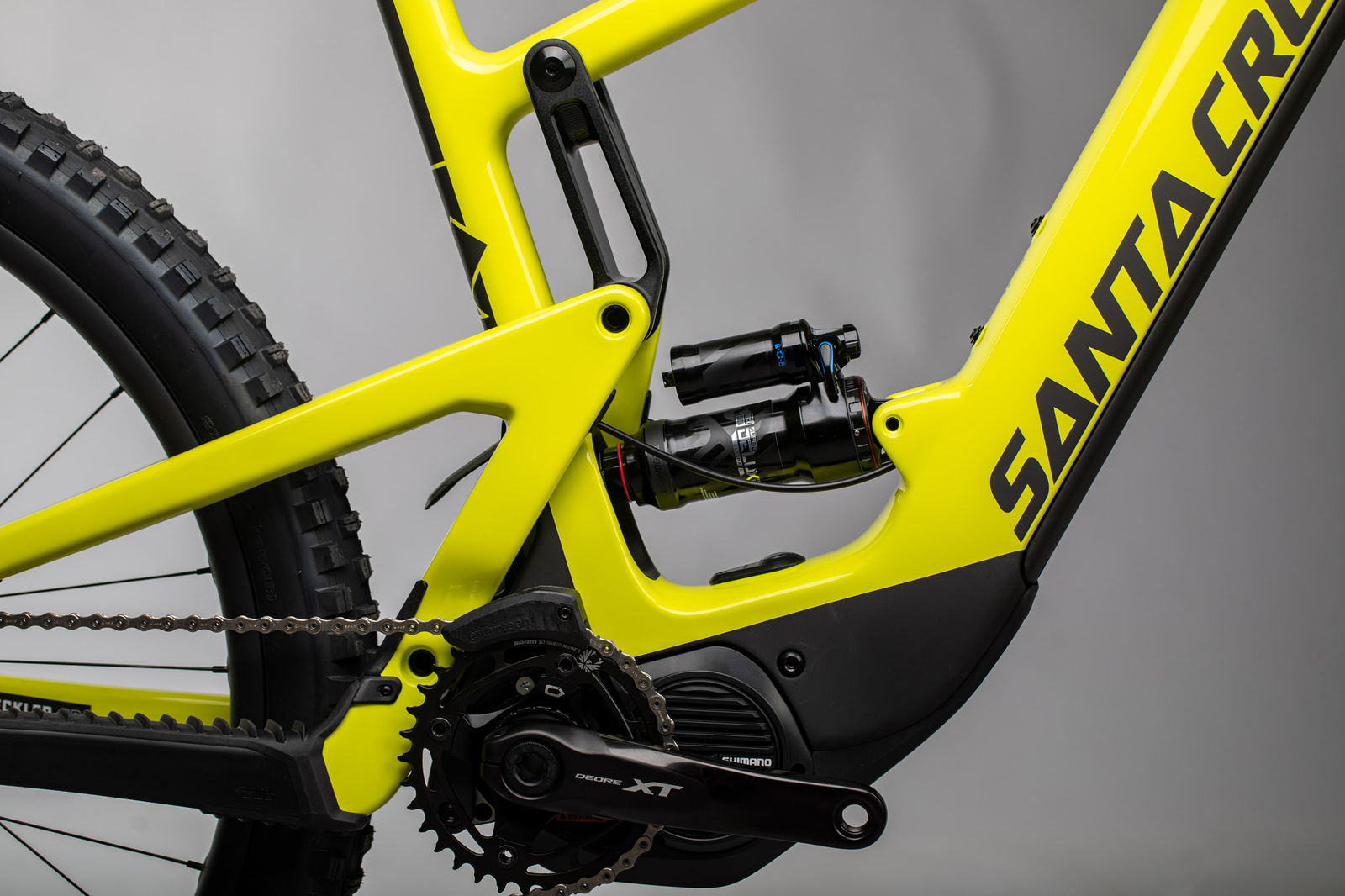Never say never
It’s good to change your mind. But what have been the biggest changes of mind in modern mountain bike history? Here’s a starter for ten…
>>> 10 of the biggest lies in mountain biking
1. Santa Cruz make an ebike
In case you hadn’t guessed, this listicle is inspired by today’s news of the new Santa Cruz Heckler ebike. From a company that occasionally made noises along the lines of ‘we will never sully ourselves with an immoral electric mountain bike’-type thing, to come out with an ebike is actually a pretty big thing. The actual bike itslf might be something of confusingly off-the-pace damp squib but the very fact that this bike brand of all bike brands has finally relented and dropped an E, is significant. How many (if any) of the remaning e-naysayers will hold out for much longer? Yet-E SB160 anyone?
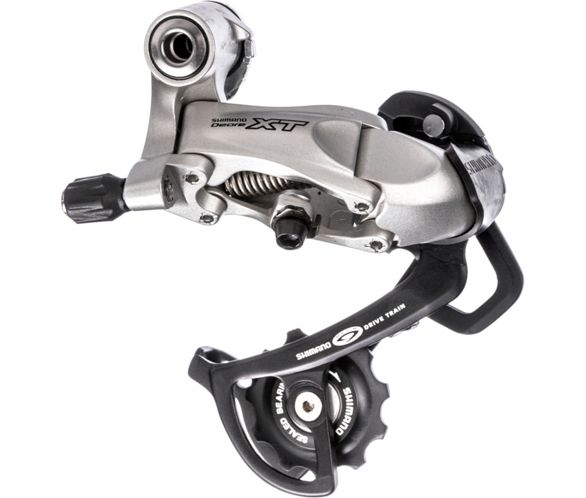
2. Shimano ditch Rapid Rise
You can fill a whole listof U-turns with Shimano’s changes of heart but this is more testament to their size and market dominance than anything else. You could in fact argue that Shimano are one of the least U-turny brands in cycling history. But anyway, Rapid Rise. Rapid Rise was the name Shimano gave to rear derailleurs that were tensioned the other way around to normal ie. the spring in the parallelogram pulled the rear mech up the cassette, into larger sprockets. Releasing cable shifted into an easier gear. It kinda made sense in a way (all Shimano’s dogma has its basis is some sort of sound logic) but ultimately the MTBing general public couldn’t get used to it. So, after many years lurking as an ‘available option’ for higher end drivetrain, Rapid Rise got dropped when Shadow rear mech and subsequent clutch rear mechs came out.

3. Specialized make 27.5in bikes
We had almost forgotten about this one. Back in 2013 Specialized made a big fanfare about sticking with 26in (and 29in) and stating that 27.5in wheel bikes were “the worst of both worlds”. Then marketplace reality kicked in and Spesh realised that most people didn’t yet want 29ers, nor were they comfortable staying with 26in because they could see with their own eyes how the bike industry was inexorably drifting. So in 2015 Specialized came out with the 650B Enduro.
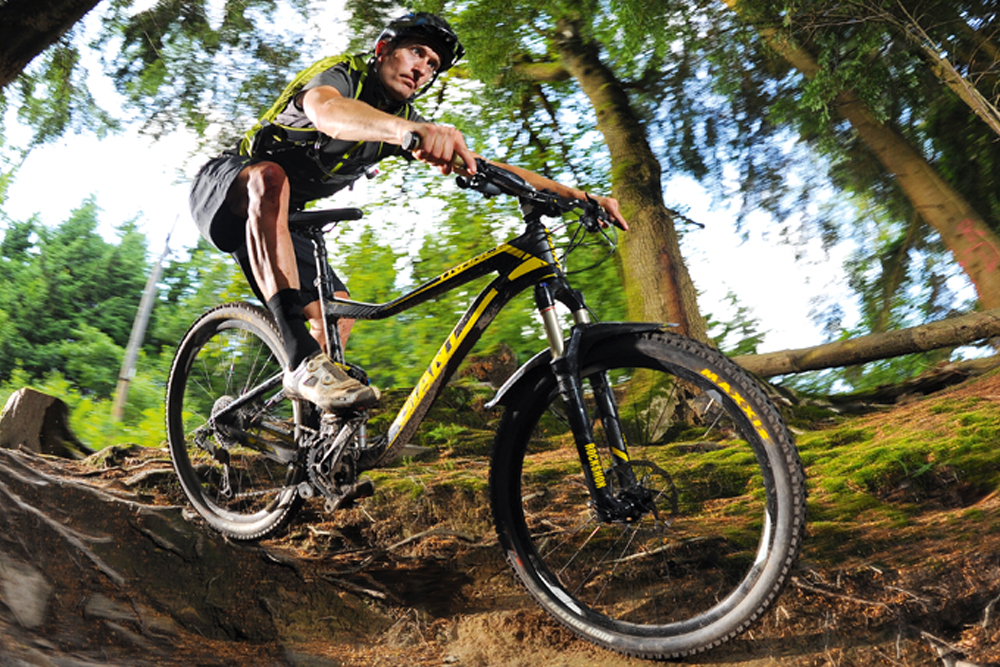
4. Giant make 29ers again
We hadn’t forgotten about this one however. There as something about the way Giant ditched 26in and 29in designs in 2014 and went all Kool Aid-tastic with 650B. It just seemed really uneccessary to commit to such extremes. Even the biggest Giant fans out there had a hard time swallowing the claim that the new 27.5 Anthem was a faster XC bike than the outgoing (classic) 29in Anthem. Lo and behold, come 2018 and 29ers were back in the line-up.

5. Rocky Mountain opting for bearings instead of bushings
For nigh on a decade or so we heard Rocky Mountain extolling the virutes of using bushings instead of bearings for certain pivot locations on their full suspension bikes. And they did have a point. In theory. For pivots that only move a hanful of degrees, a bushing makes sense. The thing is, in the real world of mass production, bushings aren’t as perfect as they appear on paper. While part of us will miss the stubborness of seeing bushings in their bikes, in the real world we’re happier to ride Rocky Mountains that are plusher, quieter and more consistent than ever.
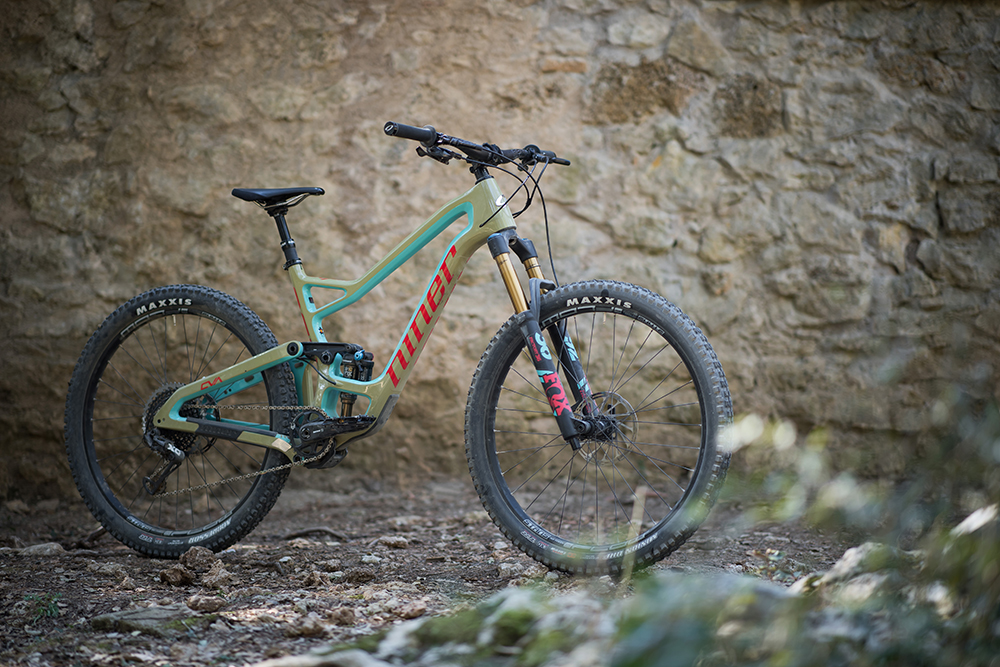
6. Niner making 27.5 bikes
This wheel change switcheroo came out relatively late (MY2019) n the whole ‘wheelsize wars’. Indeed, we were all far too used to seeing wheel size chopping and changing by this point, that having a brand who are literally named after a specific wheel size opting to make a 27.5in wheel bike came as no real surprise!
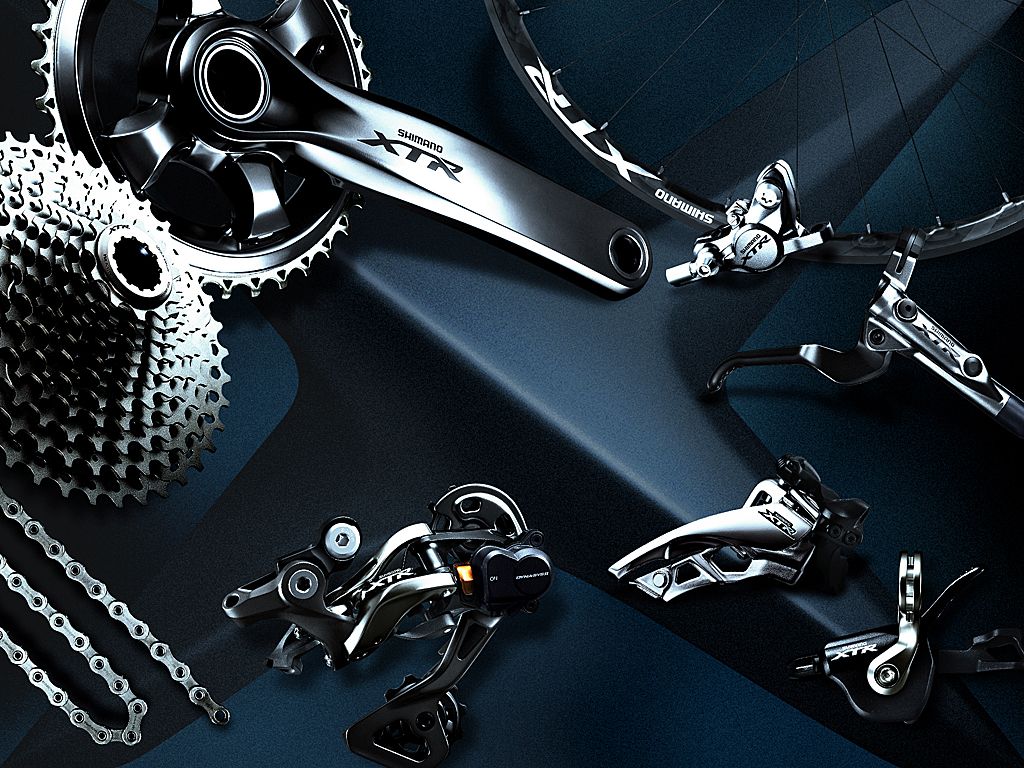
7. Shimano going 1x
This one is the big one. ‘One’ being the operative word. When SRAM came out with a single ring drivetrain in 2012 it set them off on an interstellar trajectory that would see them zoom away from Shimano. Never has the term ‘less is more’ meant everything. Whilst Shimano sat around wondering how best to re-market their favourite component (the moribund front mech) everyone else on the MTB planet was ditching chainrings and never looking back. Shimano did relent in 2015 and come out with 1x XTR but it was too little, too late. They are still playing catch up to SRAM.
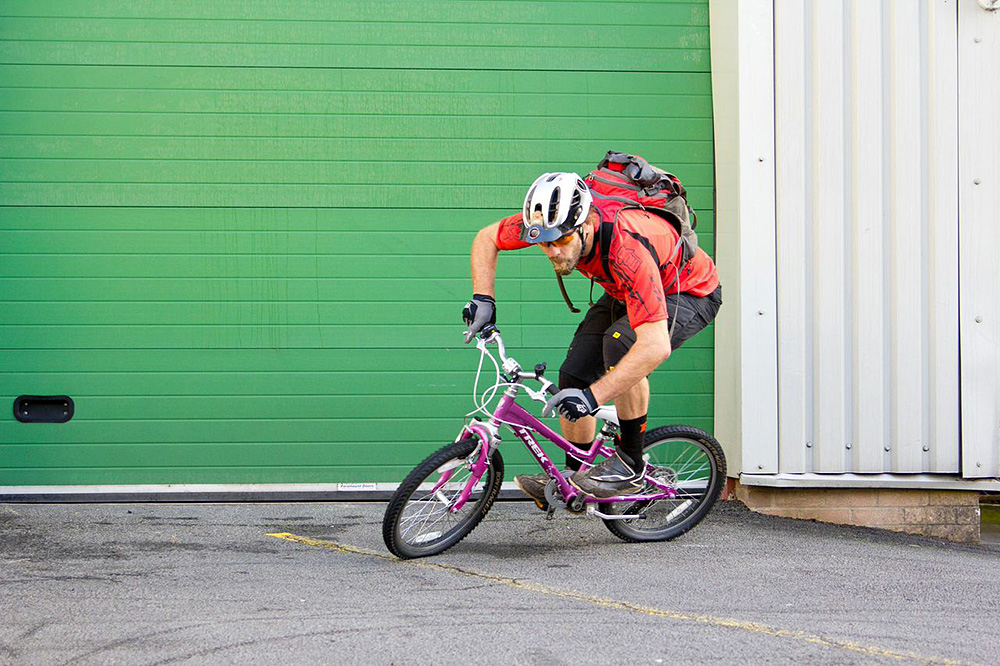
8. Chris Porter running 29in
To be fair to the legend that is Chris Porter, his main beef was with the marketing myths of 29ers. If you want to know more about that (and you should do) read Porter’s ‘Size matters part 4: The accidental benefits of 29ers‘. Anyway, it’s testament to his inquisitiveness and open-minded (no, really) nature that Porter had a play around with 29in wheels to come up with his own findings. The result? His Geometron bikes are available in either full 29er or 29/27.5 mullet versions.

9. Rapha doing mountain bike clothing
We’re not technically sure if this classes as a U-turn really… but we’re including it anyway. Certainly Rapha once made great play of being exclusively roadie and retro. Then they ditched the retro. Now they’re going off-road. Fair play to them really. It’s less of a U-turn and more of a sound marketplace move.
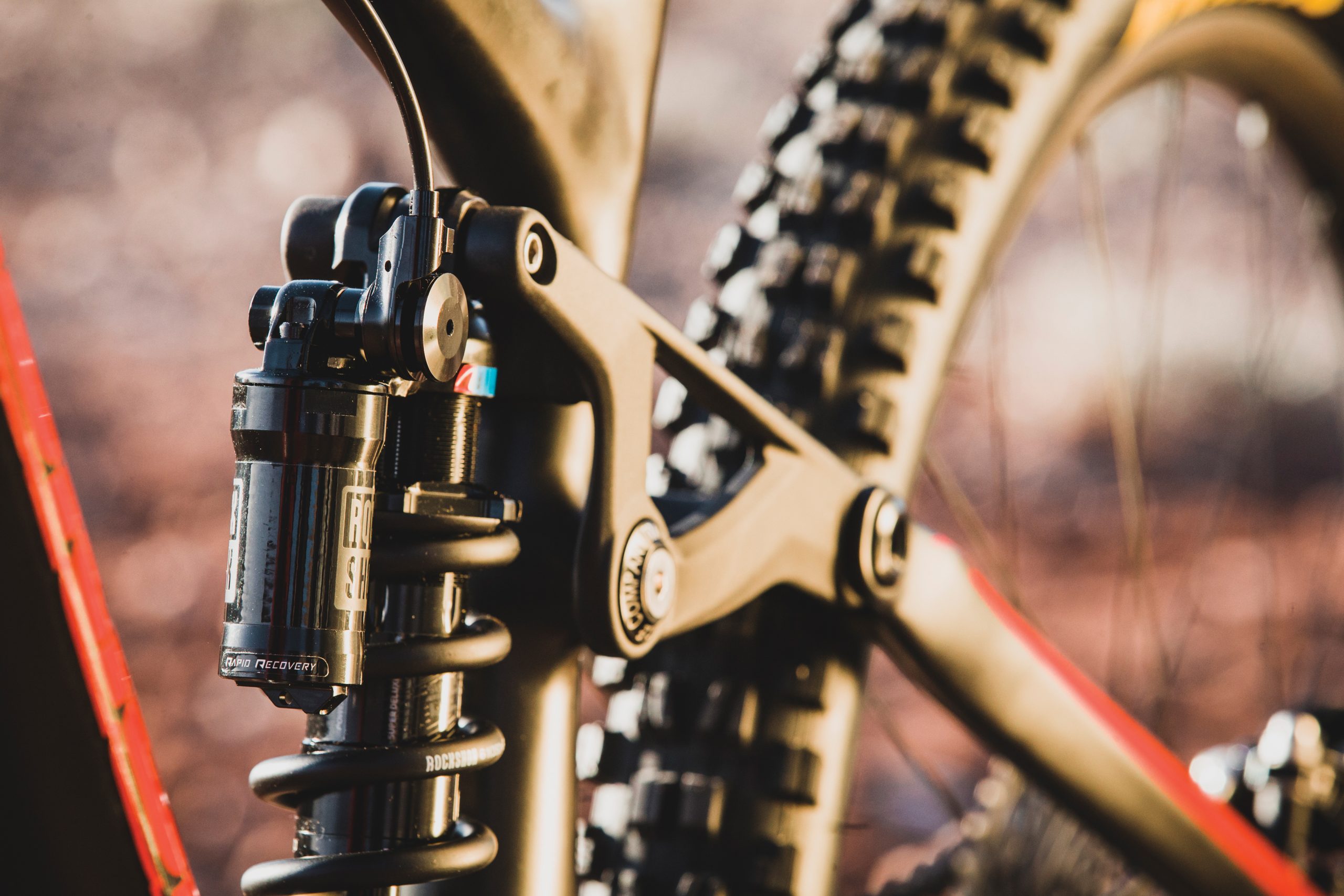
10. Coil is better than air
The whole coil versus air suspension has slowly oscillated between the two over the decades. We started with air springs with the first MTB suspesnion fork (RockShox RS1) and then – after a dreadful dalliance with elastomers – we moved to coil springs. The Marzocchi Bomber Z1 to be exact. And now we’re back with coil being promoted as the best thing since sliced volume spacers. So which is best? Neither. And both. It entirely depends on the bike and the rider. As it always does.





